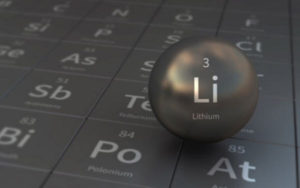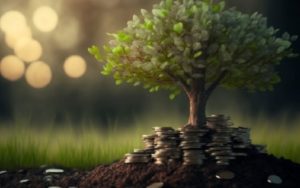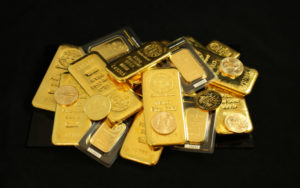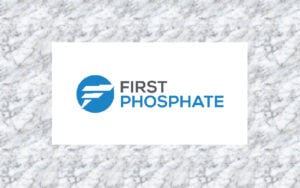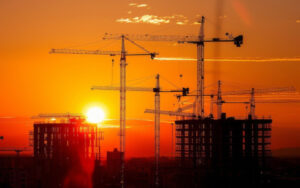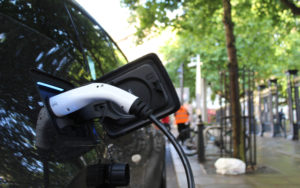Tesla’s Strategic Shift: Bringing LFP Battery Supply Chain to the U.S.
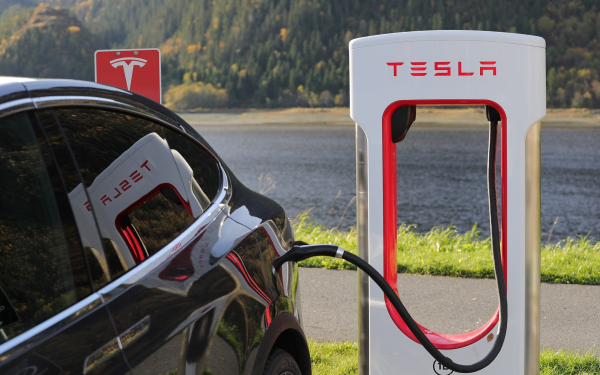
According to media reports on Wednesday, electric car manufacturer Tesla Inc (NASDAQ:TSLA) will expand its battery factory in Sparks, Nevada, and introduce the supply chain of lithium iron phosphate (LFP) batteries into the United States. Tesla will purchase idle equipment needed to produce lithium iron phosphate (LFP) batteries from its supplier in China, Contemporary Amperex Technology Co. Ltd. (CATL) (300750.SZ).
The initial capacity of the factory is approximately 10 gigawatt-hours, with production expected to commence in 2025. If the project progresses smoothly and the supply chain is established, the scale is expected to expand.
Contemporary Amperex Technology Co. Ltd. (CATL) is the world’s largest electric vehicle battery manufacturer.
Lithium iron phosphate batteries are a type of lithium-ion battery with lithium iron phosphate as the cathode and graphite as the anode. Its performance in terms of energy density and lifespan makes it suitable for electric vehicle and energy storage applications. These batteries have a price advantage in electric vehicle applications, and the increasing market share of electric vehicles in China and the United States using lithium iron phosphate batteries illustrates this point.
Currently, China is home to the largest manufacturers of lithium iron phosphate batteries, including BYD and Contemporary Amperex Technology Co. Ltd., which supply to Tesla. According to reports, BYD holds a dominant position in the LFP battery market with a 41.1% market share, while CATL holds 33.9% of the market share.
In recent years, LFP batteries have risen in the global electric vehicle market due to their advantages such as low cost, high safety, and fast charging, especially in the Chinese market. Its market share in China increased from 11% in 2020 to 31% in 2022, and it is expected to reach 40% by 2030. According to estimates from relevant institutions, the revenue of the LFP battery market is expected to reach approximately $54 billion by the end of 2035, with a compound annual growth rate of about 17% during the forecast period (2023-2035).
However, this has also posed challenges for American companies. This year, the Tesla Model 3 Standard Range, which uses batteries from China, is expected to lose the full $7,500 federal tax credit.
The United States is making efforts to reduce its reliance on battery materials such as nickel, cobalt, and lithium from countries like China. According to the recently passed “Inflation Reduction Act,” in order for newly sold electric vehicles to qualify for a maximum $7,500 tax credit per vehicle, the battery components of the vehicles must be manufactured or assembled in North America, and the batteries must contain key minerals mined, processed, or recycled in the United States or in countries with which the United States has a free trade agreement.
Japanese battery giant Panasonic operates a battery manufacturing gigafactory in Nevada in partnership with Tesla, and is also constructing a second gigafactory in Kansas. Rumors of the construction of a third electric vehicle battery factory have also been confirmed.
China News
Electric Cars
Energy Metals
Lithium



